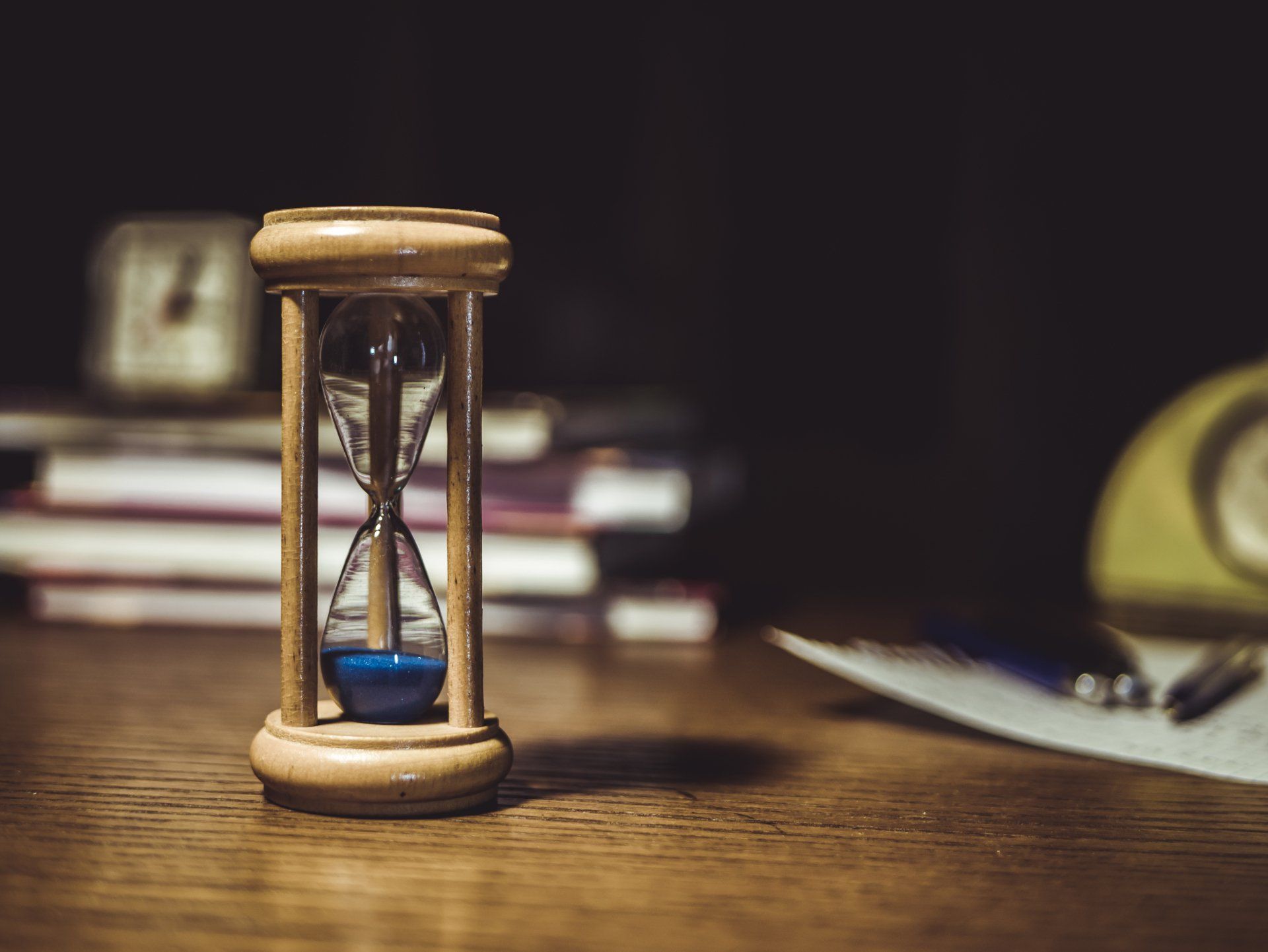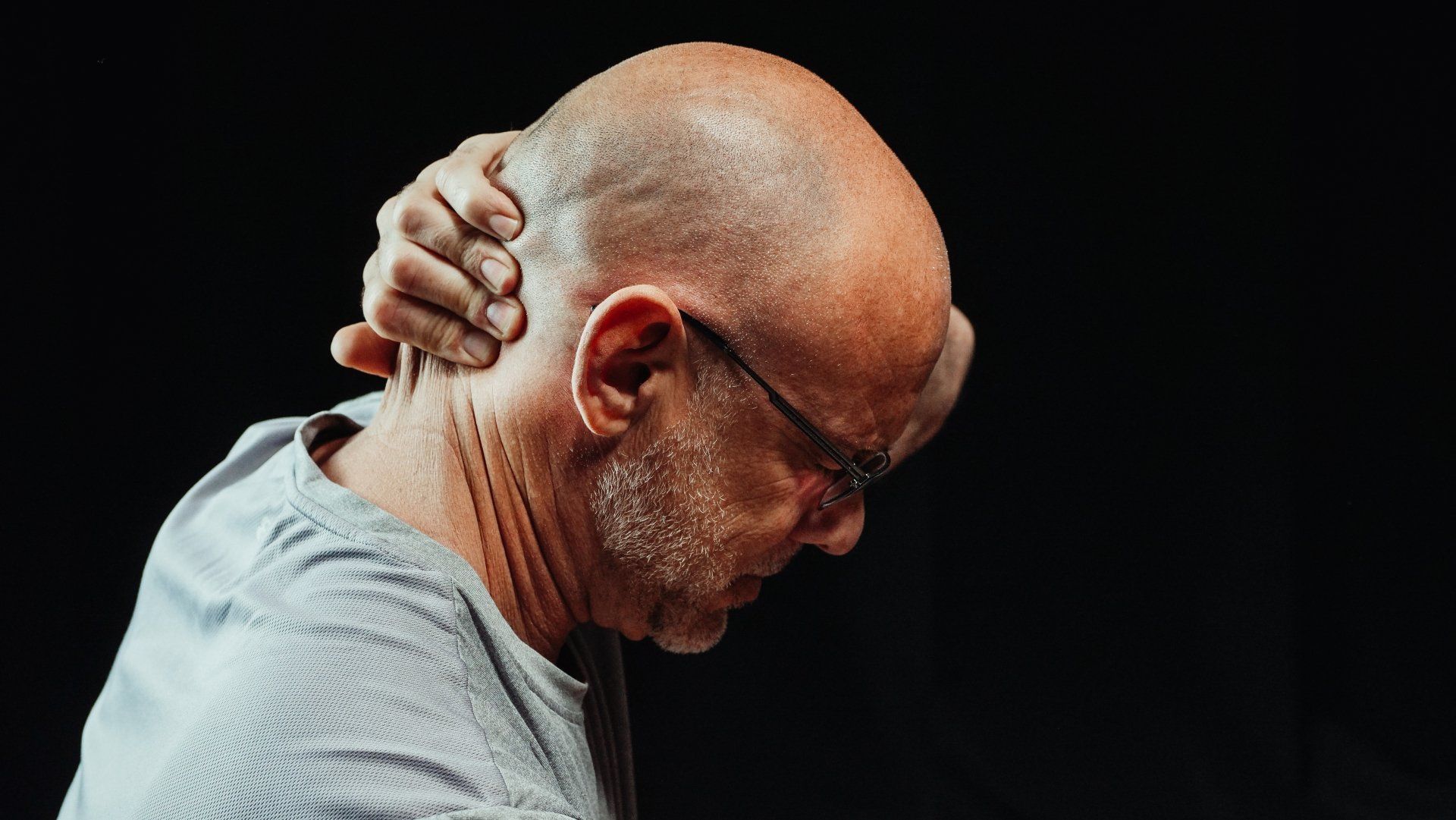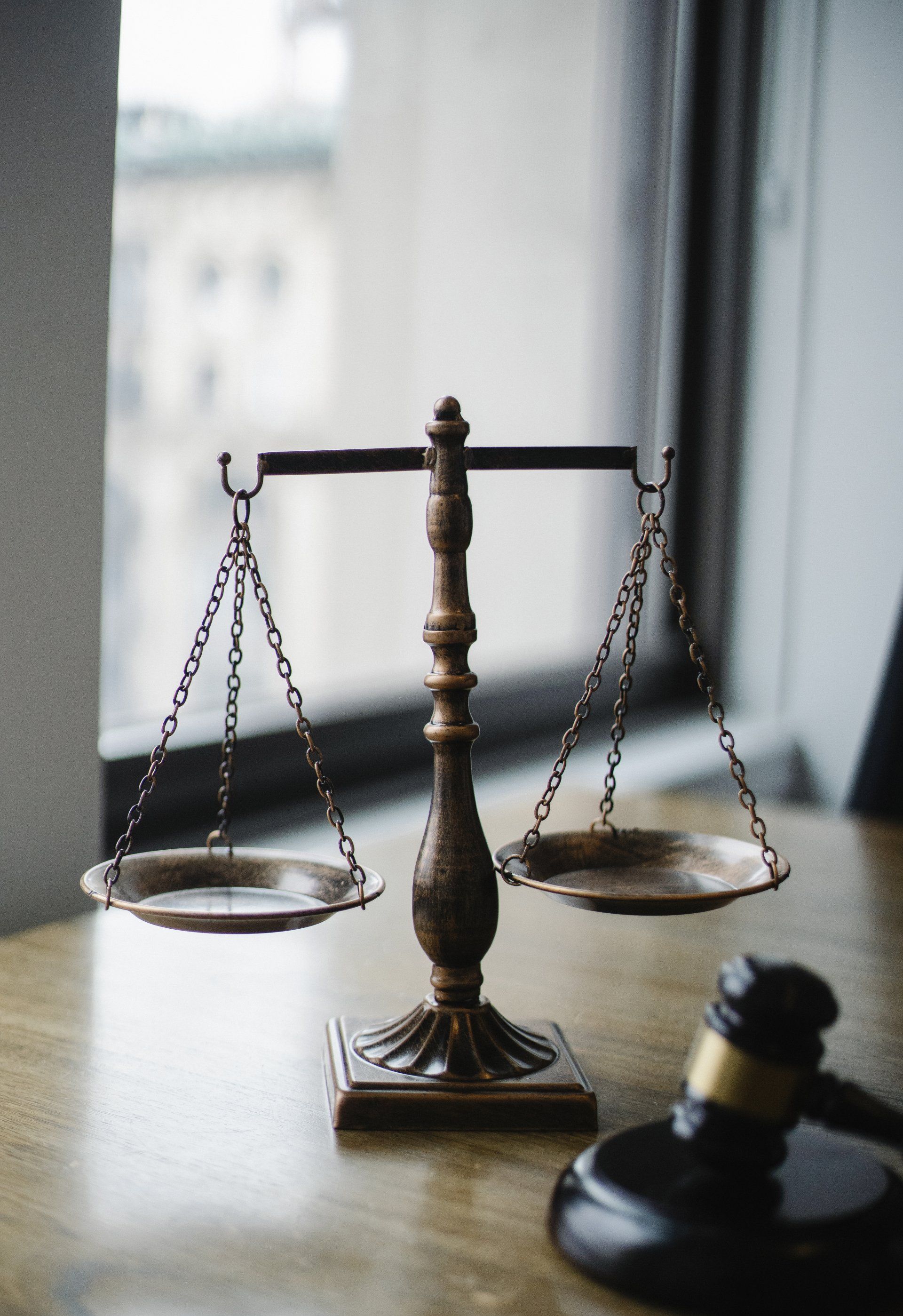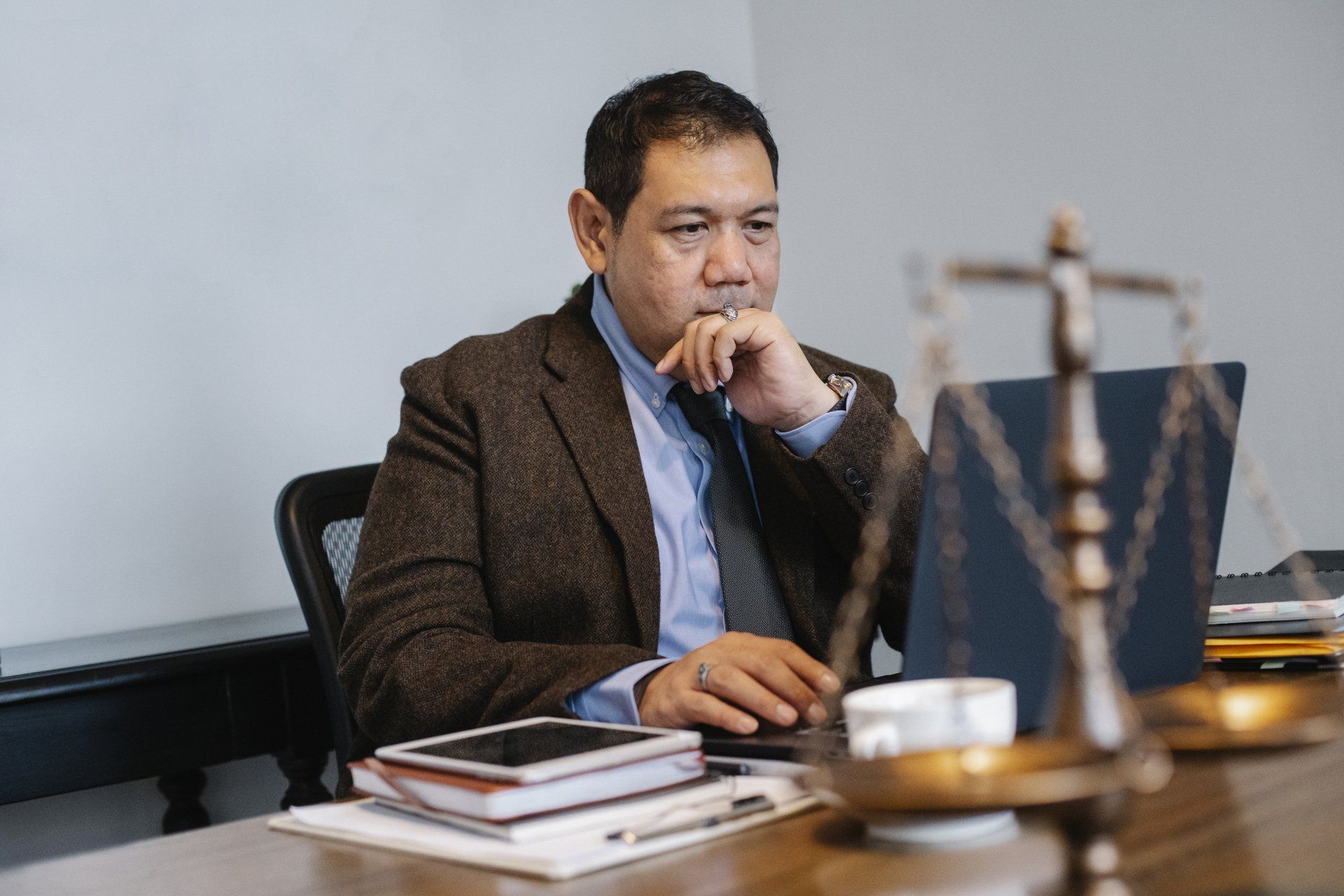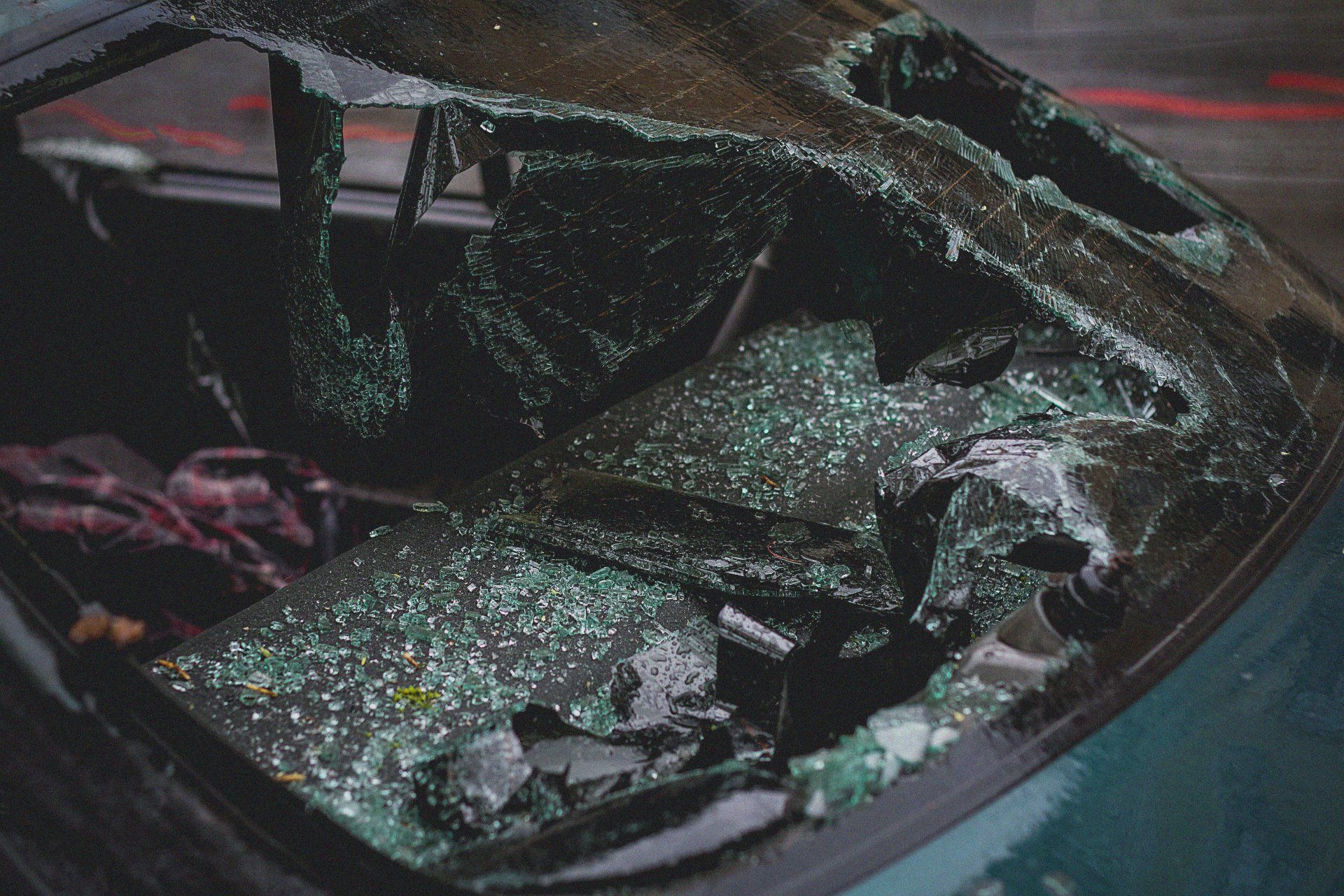Who's at Fault for Slip and Fall Accidents on Connecticut Sidewalks?
Navigating the aftermath of a slip-and-fall accident on a Connecticut sidewalk can be daunting, especially when determining liability. So, who ultimately bears responsibility for such incidents? Let's delve into the complexities of slip-and-fall accidents in Connecticut and unravel the layers of liability.
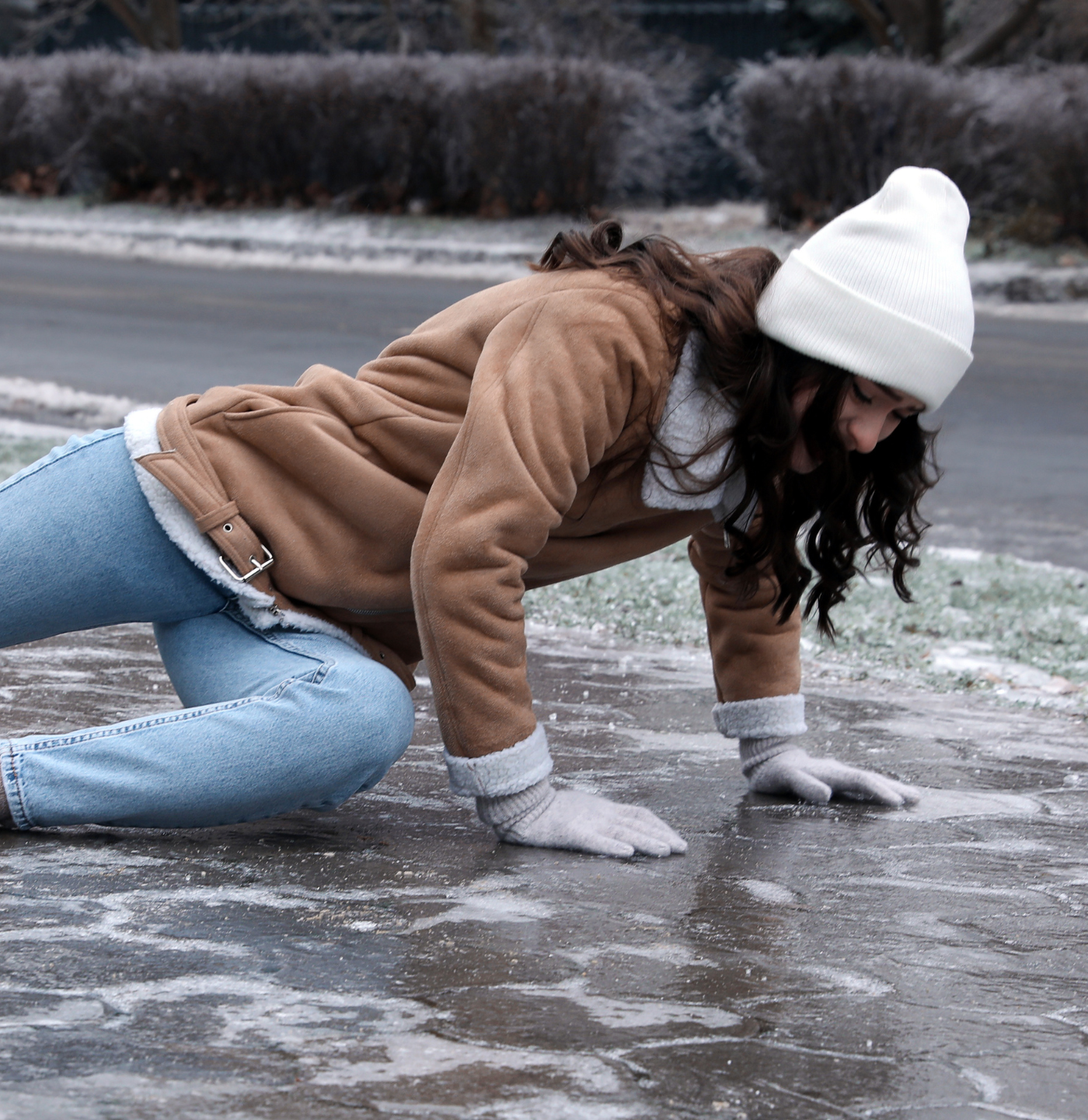
Understanding Slip and Fall Accidents in Connecticut
Slip and fall accidents, as the name suggests, occur when a person slips, trips, or falls due to unsafe conditions on a property. In Connecticut, these incidents commonly arise from icy sidewalks, uneven pavement, loose floor materials, or poorly lit areas.
According to the Connecticut Department of Public Health, slip and fall accidents are the leading cause of emergency room visits in the state. Shockingly, in 2019 alone, over 12,000 Connecticut residents aged 65 and older were hospitalized due to fall-related injuries. While not all these incidents occurred on sidewalks or public spaces, they underscore the importance of understanding and preventing such accidents.
Connecticut Sidewalk Laws and Regulations
In Connecticut, both state and local laws govern sidewalk safety. While the state sets basic guidelines, individual cities and towns often have specific rules and regulations. For instance, many municipalities in Connecticut have ordinances mandating property owners to clear snow and ice from sidewalks adjacent to their properties within a specified timeframe after a snowstorm.
Responsibility of Municipalities
Municipalities, such as towns and cities, must maintain public sidewalks well-maintained. This obligation includes repairing cracks, maintaining even surfaces, and addressing potential hazards promptly.
The municipality could be held liable if a slip and fall accident occurs due to a town's neglect in maintaining a sidewalk. However, Connecticut law imposes a "notice" requirement. This means that for a municipality to be deemed liable, it must have been aware of the defect and failed to rectify it within a reasonable timeframe.
Private Property Owners and Their Role
Private property owners are not exempt from responsibility. They, too, have obligations, especially when their property abuts a sidewalk. According to Connecticut law, property owners may be liable for injuries if they fail to maintain the sidewalk adequately or create hazardous conditions, such as allowing water to drain onto the sidewalk and freeze.
Determining Liability in Connecticut Slip and Fall Accidents
Determining fault in slip and fall accidents on Connecticut sidewalks hinges on several key factors:
- Negligence: Was the property owner or municipality negligent in addressing a potential hazard? For instance, failure may be established if they knew of a sidewalk crack but took no action.
- Foreseeability: Could the accident have been reasonably predicted? For example, if a property owner routinely allows water to pool on a walkway, it's foreseeable that in winter, this could freeze and become a hazard.
- Duty of Care: Both municipalities and property owners must ensure that public pathways are safe. This entails regularly inspecting, maintaining, and promptly addressing any identified issues.
Comparative Negligence in Connecticut
Connecticut operates under the principle of "comparative negligence." In a slip-and-fall accident, any fault attributed to the injured party will be compared to that of the other party. This system ensures that all parties are held accountable for their share of the blame. Even if the injured party is partially at fault, they may still receive compensation, albeit reduced proportionally.
What to Do If You Experience a Slip and Fall on a Connecticut Sidewalk
Experiencing a slip and fall can be jarring and painful. Here are essential steps to take to protect your well-being and rights:
- Seek Immediate Medical Attention: Even if you feel fine initially, getting checked out by a doctor is crucial, as some injuries may not be immediately apparent.
- Report the Accident: Notify the property owner or municipality (if it occurred on public property) about the accident promptly.
- Gather Evidence: Take clear scene photographs, collect witness contact information, and record your injuries and related expenses.
- Consult with a Personal Injury Attorney: Slip and fall cases can be complex, so seeking guidance from a knowledgeable Connecticut injury attorney is advisable.
Navigating Slip and Fall Accidents in Connecticut
Like those in many places, Connecticut's sidewalks are susceptible to hazards that can lead to slip-and-fall accidents. Understanding the intricate laws, responsibilities, and steps to take post-accident is pivotal for recovery and seeking justice.
While the aftermath can be overwhelming, being informed and proactive can make all the difference. And when in doubt, always seek the guidance of a
seasoned Connecticut injury attorney to ensure your rights are protected and your future secured.
At Miller and Morilla Law Firm, our attorneys are ready to assist with your case.
Contact our office to schedule a free initial consultation and discuss your situation.
Schedule Consultation



